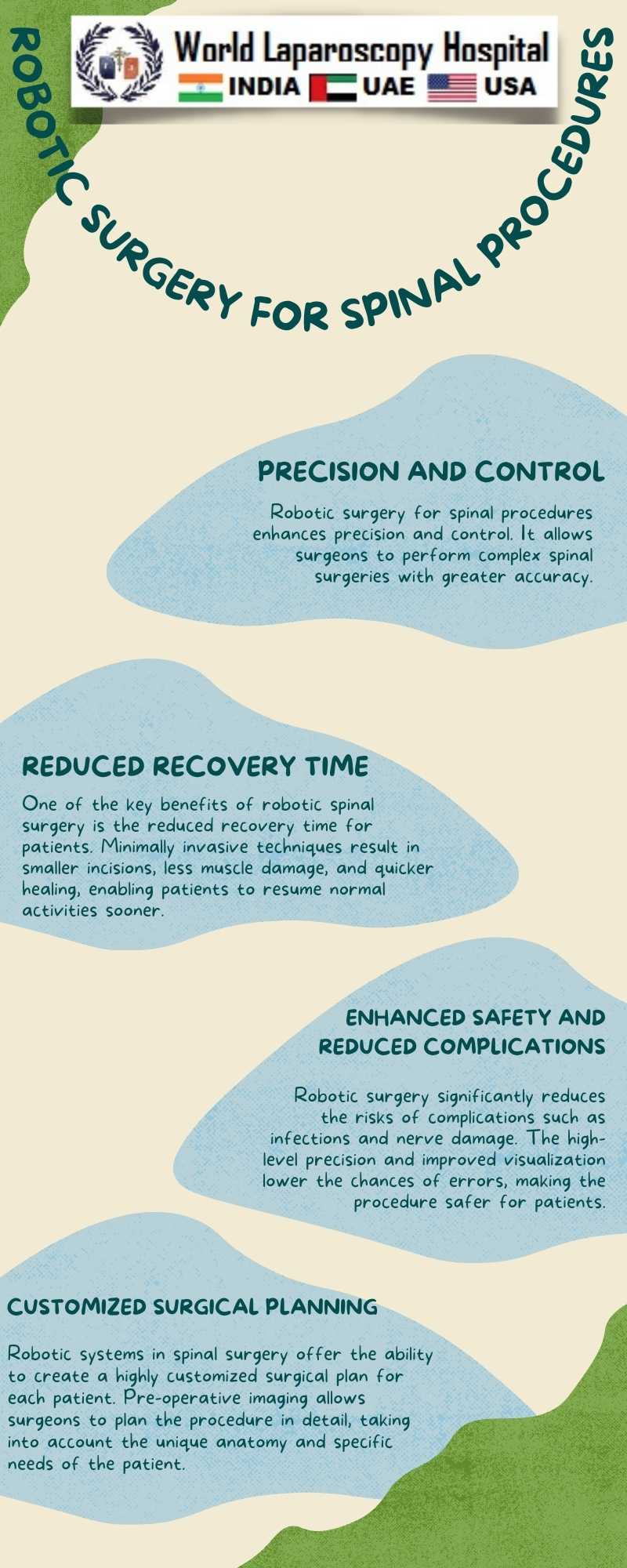Introduction
The field of surgery has witnessed revolutionary changes with the advent of robotics. Robotic surgery, once a concept of science fiction, has now become a reality and is reshaping the way spinal procedures are performed. This essay will delve into the role of robotic surgery in spinal procedures, exploring its benefits, challenges, and potential to set a new paradigm in surgical practices.

The Evolution of Robotic Surgery
Robotic surgery has evolved significantly since its inception. Initially developed to enhance precision and control in complex surgical procedures, its application has expanded across various medical fields. In spinal surgery, robotic systems offer unprecedented accuracy, reducing the risk of complications associated with traditional spinal surgery techniques.
Robotic Systems in Spinal Procedures
Several robotic systems are specifically designed for spinal surgery. These systems assist surgeons in planning and performing surgeries with enhanced precision. They provide real-time imaging, 3D models of the patient's spine, and automated tools for accurate implant placements. This section will discuss different robotic systems, their functionalities, and how they have improved outcomes in spinal surgeries.
Benefits of Robotic Surgery in Spinal Procedures
Robotic surgery offers numerous benefits over traditional methods. These include increased accuracy, minimal invasiveness, reduced blood loss, shorter hospital stays, and faster recovery times. The precision of robotic systems significantly decreases the risk of nerve damage, a major concern in spinal surgeries. This section will provide statistical data and case studies to illustrate the advantages of robotic surgery in spinal procedures.
Challenges and Limitations
Despite its advantages, robotic surgery is not without challenges. The high cost of robotic systems, the need for specialized training for surgeons, and the reliance on technology are significant concerns. Additionally, the essay will discuss the limitations of robotic surgery, such as its applicability to certain types of spinal conditions and surgeries.
Future Perspectives and Conclusion
The future of robotic surgery in spinal procedures is promising. With ongoing technological advancements, robotic systems are expected to become more sophisticated, accessible, and versatile. This will likely lead to broader adoption in spinal surgeries and other medical fields. The essay will conclude by emphasizing the transformative potential of robotic surgery in establishing a new paradigm in spinal procedures, benefiting patients, surgeons, and the healthcare system as a whole.
In summary, robotic surgery represents a groundbreaking advancement in the field of spinal surgery. It offers enhanced precision, safety, and efficiency, setting a new standard in surgical care. However, it also presents challenges that need to be addressed to maximize its potential. As technology continues to evolve, robotic surgery will undoubtedly play a pivotal role in reshaping the landscape of spinal procedures and healthcare.
The integration of robotic technology in spinal surgery is not just an advancement in medical techniques; it represents a paradigm shift in how we approach surgical procedures. This shift towards a more technologically driven approach promises to enhance patient outcomes, reduce surgical risks, and improve the overall efficiency of healthcare delivery. As we continue to witness the evolution of robotic surgery, it is clear that this innovative approach will become an integral part of spinal health care, offering a glimpse into the future of surgical excellence.
Conclusion
Robotic surgery for spinal procedures is a testament to the incredible progress made in the fields of medicine and technology. It stands as a beacon of innovation, showcasing the potential of combining human expertise with technological precision. As this new paradigm unfolds, it will undoubtedly lead to more groundbreaking advancements, further revolutionizing the way we perceive and conduct surgery.